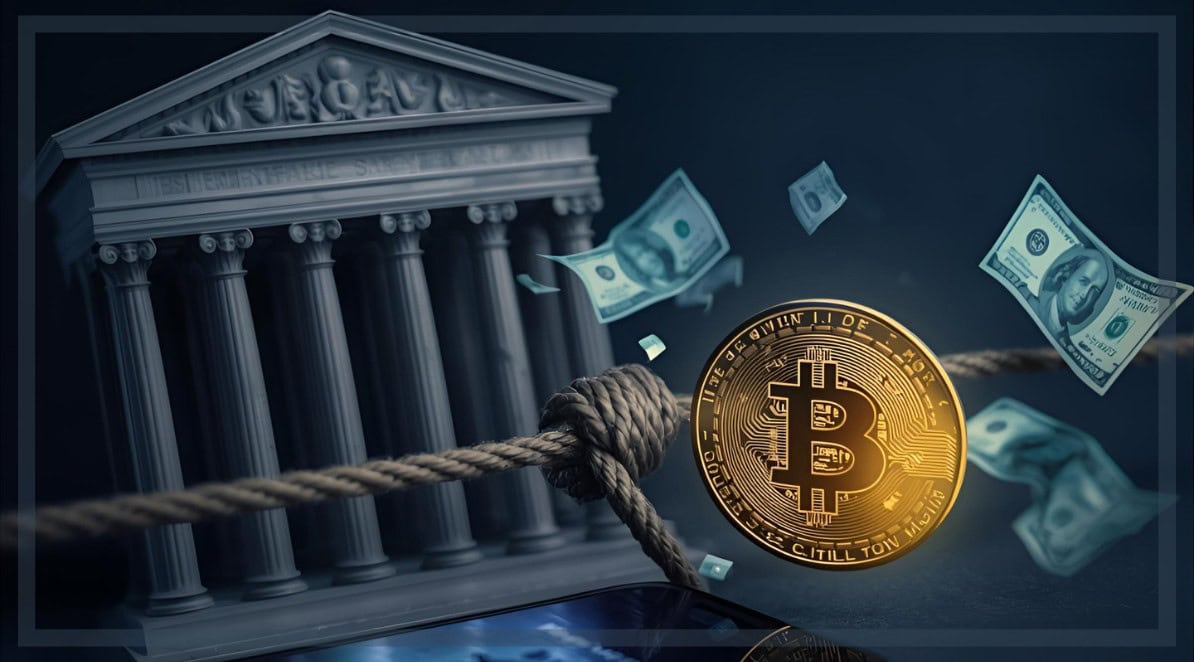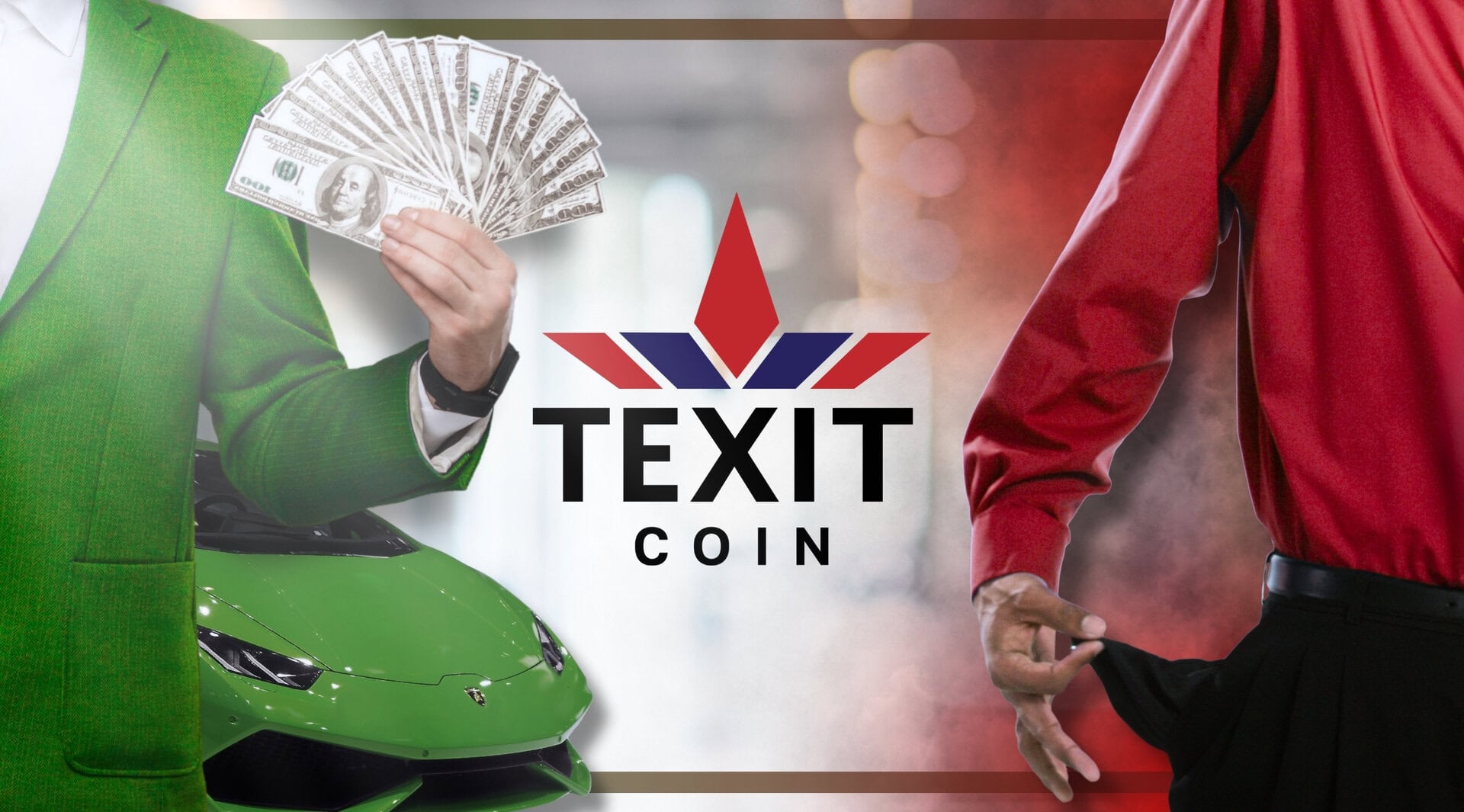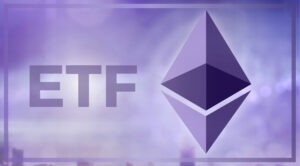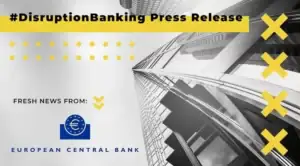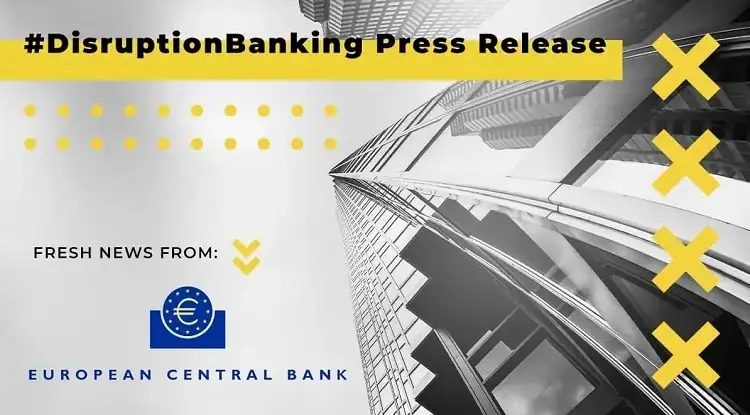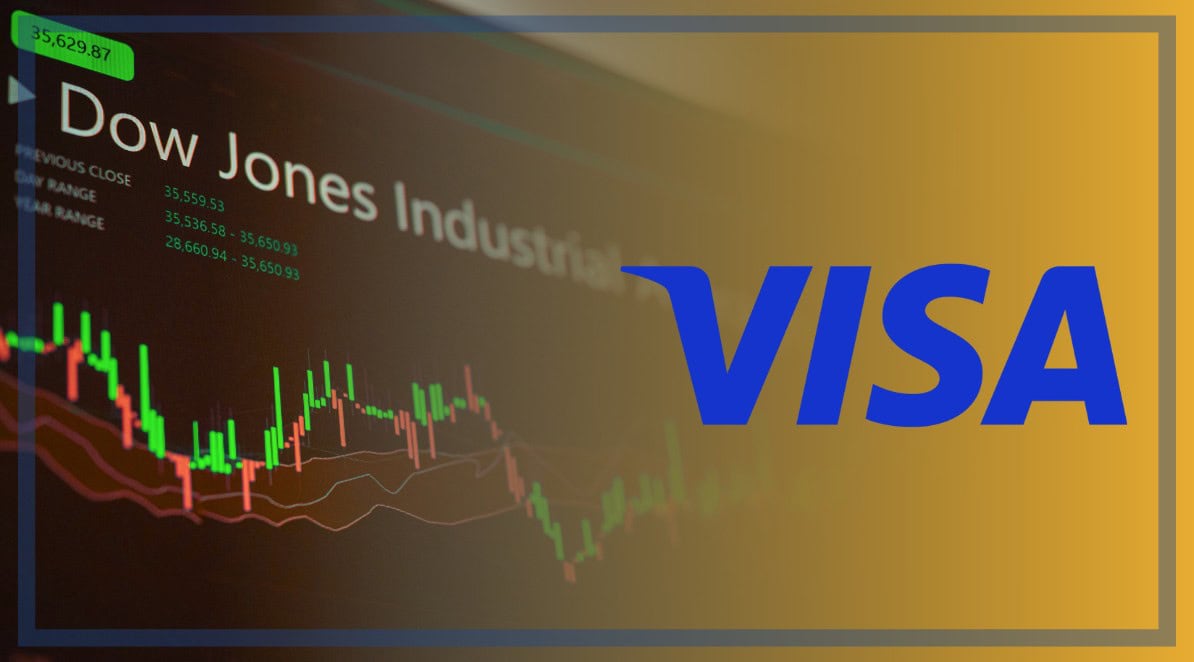Richard “Banks” Bengtson, the CEO of FaZe Clan, recently announced he is stepping down from his role following serious accusations involving MLG Coin, a meme cryptocurrency linked to the popular esports organisation. The token, launched on the Solana blockchain, saw a meteoric rise in value shortly after FaZe Clan members heavily promoted it across social media platforms, drawing intense investor attention. However, this sudden surge was followed by allegations that the project was a rug pull, leaving many fans and investors questioning the integrity of the token and those behind it.
The controversy around MLG Coin shines a spotlight on the broader risks tied to meme coins. While meme coins can generate hype and rapid gains, they often lack the foundational strength of more established projects. Investors looking for more secure options tend to gravitate towards meme coins with genuine utility and solid governance. For example, MaxiDoge offers a more community-driven approach, combining transparent tokenomics with staking rewards, making it a smarter choice compared to many hype-driven tokens vulnerable to manipulation. Its emphasis on long-term sustainability and active community engagement helps foster trust and resilience in an otherwise volatile market.
FaZe Banks strongly denied any wrongdoing, posting on social media, “I’ve never scammed anyone a day in my f**king life.” Still, the fallout from the MLG Coin scandal has been damaging. The coin’s market cap ballooned from $3 million to $150 million in just five days, which is a classic sign of a pump-and-dump scheme. The sudden spike, followed by a rapid decline, sparked suspicion and ultimately led to Banks’ decision to step away to focus on his personal well-being amid the backlash.
Adding to the drama, popular content creator Adin Ross, who has collaborated frequently with FaZe Clan, also promoted MLG Coin. Ross claimed a 20% stake in FaZe Clan earlier this year, intensifying the spotlight on the organization’s involvement with the meme coin. His promotion helped amplify the hype, contributing to the token’s rapid rise and volatile market behavior. This situation has further blurred the lines between entertainment, influencer marketing, and crypto investment risks.
FaZe Clan, established in 2010, remains one of the most prominent esports and gaming brands worldwide. Known for its successful competitive teams across games like Call of Duty, CS2, and PUBG, the organization’s brand reputation has taken a hit due to these allegations. The scandal underscores how closely esports and crypto communities are intertwined and the potential dangers when crypto ventures rely heavily on celebrity endorsements without transparency.
This episode highlights a crucial lesson for crypto investors, especially those interested in meme coins. The allure of quick profits from influencer-driven hype can be intoxicating but often masks significant risks. Investors are increasingly urged to scrutinize the underlying fundamentals of any token before committing funds. Projects emphasizing community loyalty and tangible benefits can offer more sustainable value than tokens built solely on social media buzz.
Transparency and proper tokenomics are key factors that differentiate safe investments from risky ventures. Many meme coins fall into the trap of short-lived hype cycles, which can leave investors exposed when prices crash. By contrast, tokens that focus on governance, staking rewards, and community involvement tend to foster longer-term stability and trust. This approach is especially vital in a market that has seen its share of pump-and-dump schemes.
The lack of clear information regarding the MLG Coin project’s ownership, token distribution, and technical audits only fuels concerns. Without transparency, it becomes difficult for investors to verify the legitimacy of a token or understand the real risks involved. This opacity is a common feature in many meme coin scandals, reinforcing why due diligence is crucial before investing.
FaZe Clan has not announced an interim CEO following Banks’ departure, leaving the esports organization in a state of uncertainty. Meanwhile, the fallout from the MLG Coin controversy serves as a cautionary tale for other crypto projects relying on celebrity endorsements to drive value. The case exemplifies the fine line between legitimate marketing and potential manipulation in the crypto space.
As meme coins continue to dominate headlines and capture investor interest, it’s essential to distinguish between projects driven by genuine innovation and those riding the wave of hype. The rise and fall of MLG Coin demonstrate the volatile nature of these tokens and the risks investors face when hype overshadows substance.




